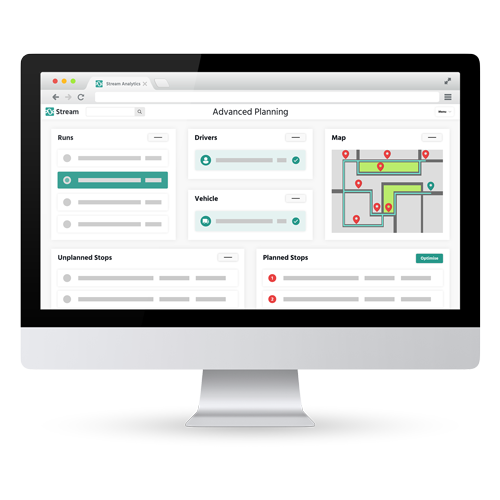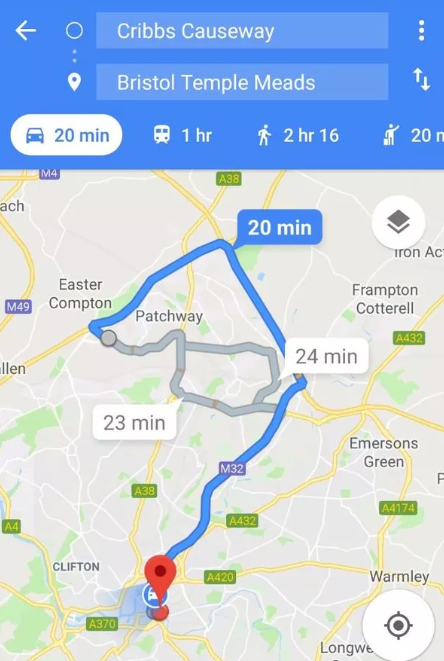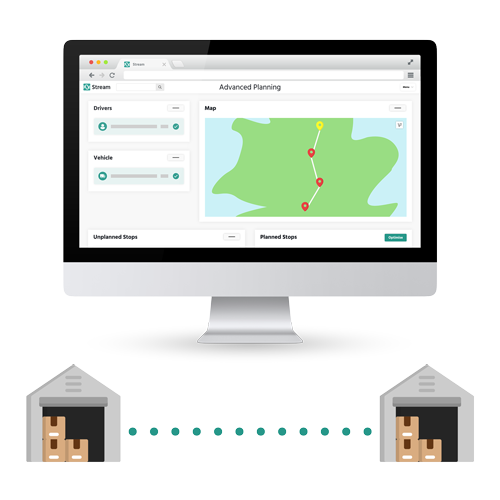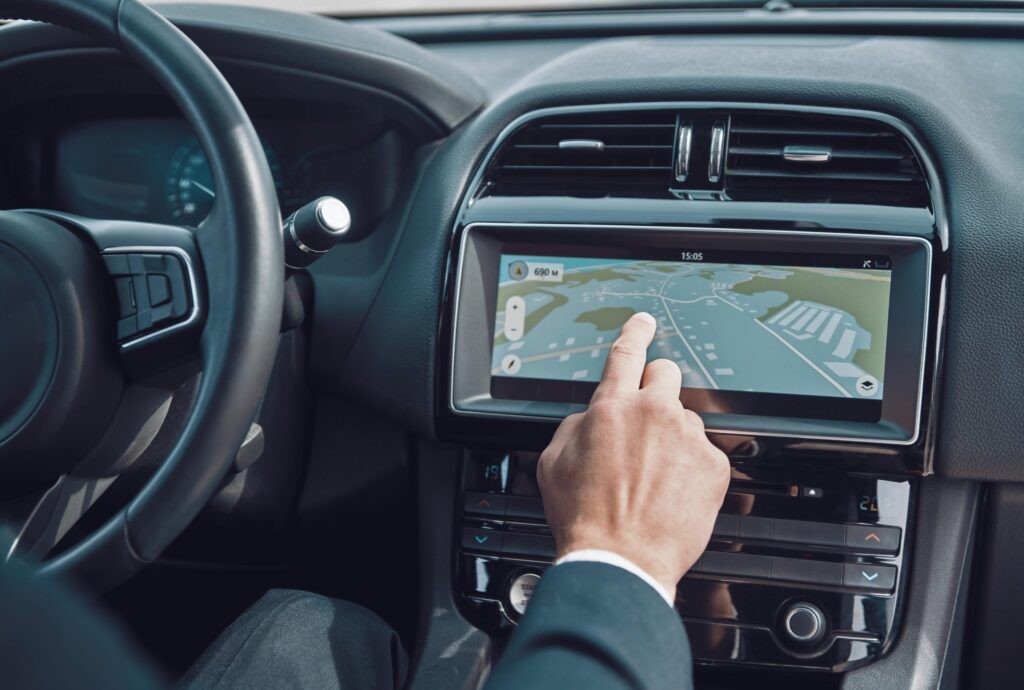‘By failing to plan, you are preparing to fail’
Route planning plays a key role throughout logistics, particularly when multiple deliveries are made in a run and multiple routes are therefore used.
It creates a number of logistical complexities that a Transport Planner, Logistics Planner, or their equivalent in an organisation are there to solve.
Organisations that still use Excel spreadsheets, Post-It Notes or pin boards to plan deliveries have to rely on their expertise and knowledge of specific areas to plan routes.
Over the years we’ve heard from lots of companies where their transport planner has an almost encyclopaedic knowledge of every major road!
Those businesses all dread the prospect that their planner may, under unfortunate circumstances, be absent from work due to illness, or worse, leave the company for whatever reason.
Who will plan the delivery routes with the same level of detail, then?
How is this person easily and quickly replaced if they are not already within the business?
That individual has been manually planning routes for the business for over a decade, and they know how to navigate delivery areas from the back of their hands. It’s often hard to find an ideal replacement that will also have the same level of knowledge of these locations.
One small misstep in the manual planning process by the individual(s) that have stepped in to fill the void left by the absentee, and unhappy customers may become a serious problem.
Fortunately, route planning software has been developed to address these challenges and more!
We’ve curated this guide to help you better understand the problems solved by the software and the benefits of investing in the technology.
Let’s dive in.
Defining route planning and the significance of route planning software in logistics
Route planning is the process of finding the most efficient or optimal route between two or more touchpoints (typically delivery or collection points).
In the days before route planning software this process would be conducted manually on physical maps, creating a host of challenges, such as time pressures (due to it being a long winded process) and key person reliance.
It could take hours to plan delivery routes for numerous delivery points while finding the shortest distances between those stops. There is also the added complexity of having to plan these routes to specific time slots.
Absolute precision is required if this method of planning is used, and it increases the likelihood of human error, resulting in issues.
Advancements in technology, however, have created solutions such as software that plan the most efficient route between two or more points while taking into account factors such as distance, road and traffic conditions, and arrival times.

The software improves the efficiency of runs, reduces mileage, and streamlines logistics operations in order to cut costs, all while reducing the workload of staff and the reliance on key persons.
It enables operations to accept and deliver orders much quicker than using an out-dated manual approach, helping to drive customer satisfaction and loyalty, as deliveries can be imported and planned much faster and at scale.
Of course, Transport Managers and Logistics Planners might be worried about their role in all this.
The good news: Organisations still need the logistical planning expertise of humans to use the technology efficiently —but software like Stream can vastly reduce their workload and improve their efficiency.
If anything, advanced software empowers Transport Managers and Logistics Planners to build the best possible delivery routes for their drivers and vehicles.
It’s also important to understand where and when it is used across a variety of contexts, and to be mindful of when the software is a good fit for business.
Where is route planning commonly used?
Logistics
It is used to plan routes in logistics for deliveries and collections of goods or raw materials as efficiently as possible, particularly in industries such as food and drink, pharmaceutical, and retail (where there is an end consumer).
Public Transportation
It is used to plan routes for public transportation, such as taxis, buses, and trains. The most common place the public would tend to see it in use would be for multi-pickups in taxis, such as share riding via Uber.
Travel

It is most commonly used by tourists, businesspeople, and other members of the public to plan routes for walking, cycling, or driving. This is typically done on an application such as Google Maps or Waze (not in route planning software, which has its nuances in comparison).
And there are a number of different methods that can be used to plan routes. Some of the most common methods include:
Manual route planning
This method involves manually planning routes using a map, pen, and paper, and was regularly used prior to the introduction of digital route planners and other types of planning software.
Digital route planning
This method uses a digital mapping service, such as Google Maps or Waze, to plan routes.
Route planning software
As previously alluded to this software uses a variety of factors to primarily plan deliveries. It allows users to plan routes factoring in the distance between set points, the traffic conditions, and the desired arrival time or delivery windows.
What are the differences between route planning software and digital route planners such as Google Maps?
More advanced software that is purpose built for logistics operations differ from digital route planners as they offer a host of functionalities that are specifically tailored towards planning deliveries.
Businesses can plan the most efficient route for hundreds of drop-off and collection points that have been imported into the software, as opposed to a single start point and end destination through digital route planners.
Digital route planners do have the ability to add stops in between two main touchpoints, however, this is a much more manual process and doesn’t offer the same level of automation as software purpose built to plan routes at scale.
Retailers want to have the ability to import a selection or all of their orders on a given day into a software system and have the most efficient routes planned from the first order to the last automatically calculated for them with as minimal manual input as possible.

Route comparison in Stream
They may also want to be able to compare specific routes which have been built by the software so that they can choose which route makes most sense for their needs on a given day, such as the best use of the driver’s time and a vehicle’s mileage.
It is features such as this that particularly distinguish the software from their digital route planner counterparts.
Want to learn more about applications that include both route optimisation and route planning in one package?
Speak to one of our experts
Frequently Asked Questions
Route planning determines the best route between two or more points while taking into account factors such as distance, traffic conditions and arrival or delivery times.
Route planning is the process of determining the best route between two or more points, while route optimisation is the process of finding the most efficient and cost-effective way to reach these destinations, which have been established during the route planning stage.








